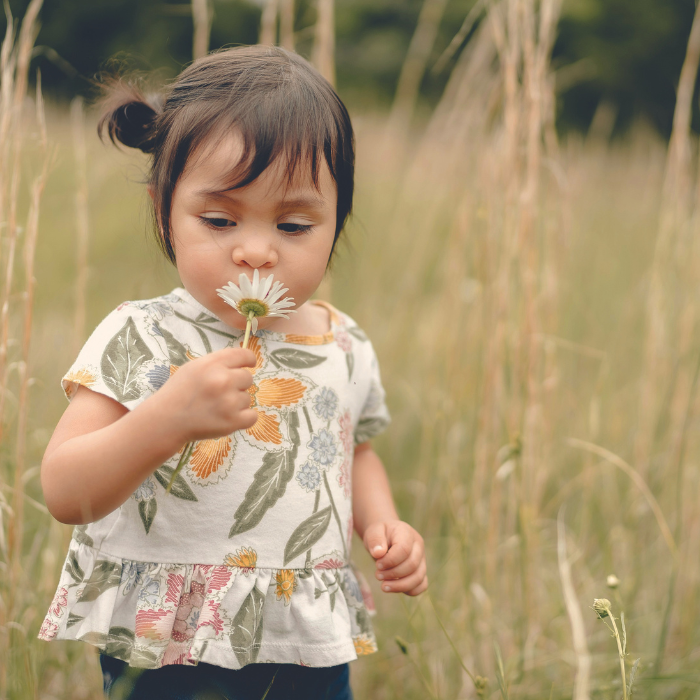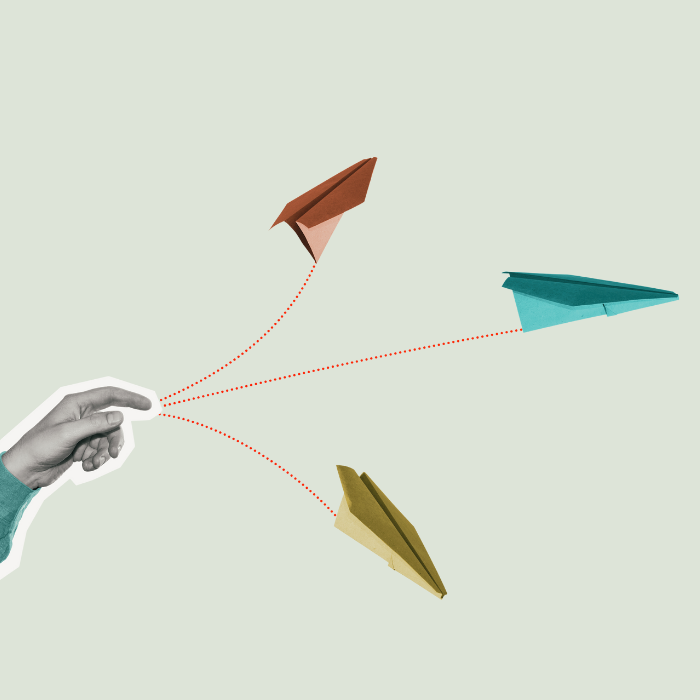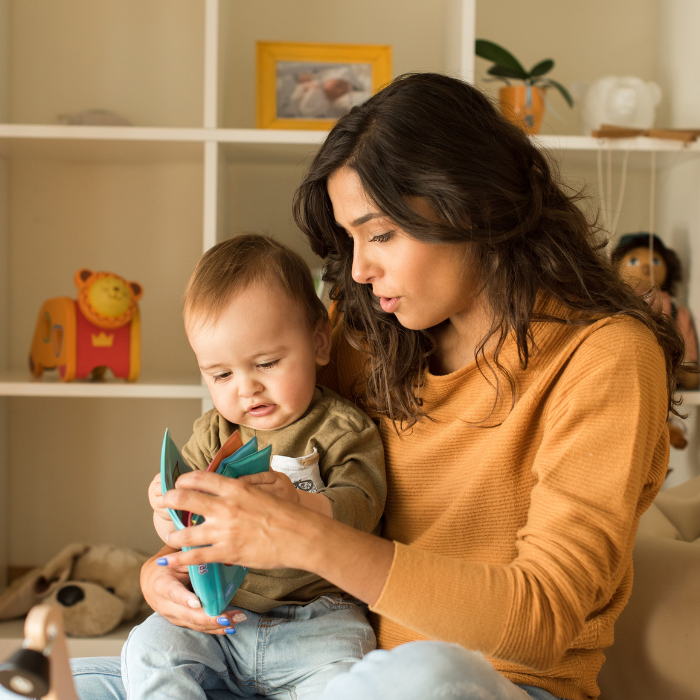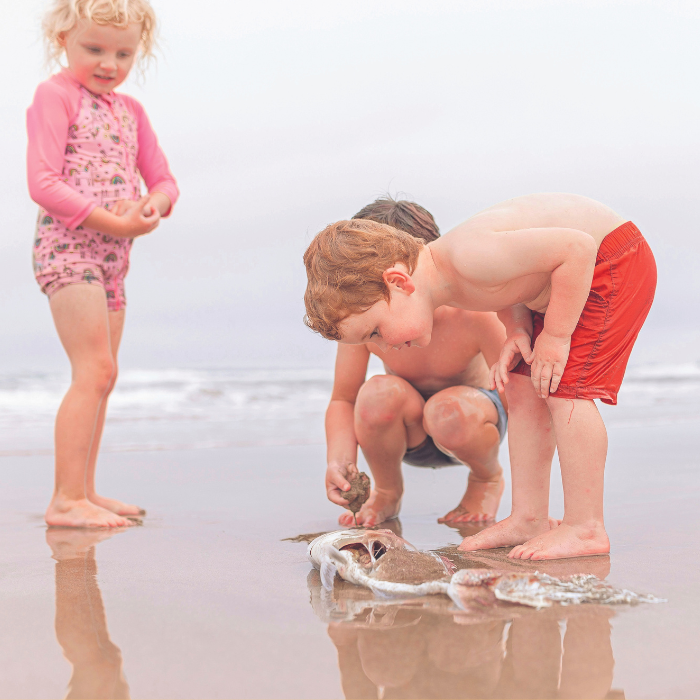
Literacy achievement in New Zealand is trending downwards, so what does ECE do to prepare our children for school? And how can we help at home? Yvonne Walus explains…
Children develop from the centre of the body outwards. This means they need to gain strength in their core and trunk before they get it in their arms and legs. In other words, before children acquire the ability to write with a pen, they have to learn to coordinate their big muscles, balance, and develop their core strength. Physical play like swinging on monkey bars help them get strong upper bodies and muscles in their spine. Once they can do those big movements, they can move on to smaller ones, like using tweezers and tongs in games to develop their small muscles. This prepares them for holding crayons, markers, and paintbrushes, and those simple art masterpieces and scribbles lead to forming the shapes of letters later on. Kneading playdough (or real dough for cookies) is an excellent way of teaching the little fingers strength and coordination. All of this centre-out, big-to-small development contributes to their “pre-reading skills” – what their bodies do to prepare them to learn to read and write.
LITERACY AND EARLY CHILDHOOD EDUCATION
In early childhood education (ECE) centres, their main focus is on nurturing growth, letting kids develop at their own pace, and instilling a lifelong love of learning. This approach is rooted in the understanding that young brains are busy with critical formative tasks and need time before moving on to the next stage.
The emphasis is on learning through play, physical pursuits such as running and jumping and climbing, as well as art activities like shaping playdough, painting, and drawing. Most important, though, is talking.
“The best way we can prepare our children for literacy,” says Christchurch-based early childhood educator Tess, “is to spend more time talking and reading to our little ones. Conversation is the cornerstone of language development. It helps children to learn new words, figure out how sentences and grammar work. Also develops their listening and comprehension skills. Talking also teaches them about sounds in words, which is important for getting ready to read. Through regular conversations children strengthen their ability to communicate their thoughts in a more organised and clear fashion and they become more comfortable with new vocabulary.”
Of course, early childhood centres and kindies introduce actual books into their everyday activities as well. They may, for example, leave a new picture book in the book corner for children to explore independently, and after a few hours they might sit down with a group and read the story aloud, pointing out the title, the author, the words on the page, and the corresponding illustrations. This helps build pre-reading skills, such as holding a book correctly, turning pages, and understanding that print carries meaning.
Preschool teachers also engage children in conversations, using rich and diverse vocabulary to expand their word knowledge. They encourage asking questions, explaining the meanings of new words, and relating stories to the child’s own experiences. They use storytelling, nursery rhymes, and songs to spark children’s imaginations and introduce them to language patterns, vocabulary, and sounds in spoken language. The fancy term for this is “phonological awareness”, which is a crucial foundation for reading.
So what can you do at home to help your child develop pre-reading skills? Reading to your children as often as you can is a great start – as is discussing the world around you in detail. For more great ideas, check out our printable (scan the QR code on the next page).
The main thing is not to rush your child. If they’re not ready for reading and writing yet, that’s totally fine. Pushing them too early can make it harder to enjoy reading later on. So, just go with the flow and let them learn when they’re ready.








